The K-1 assures the highest level of resolving power and sensitivity
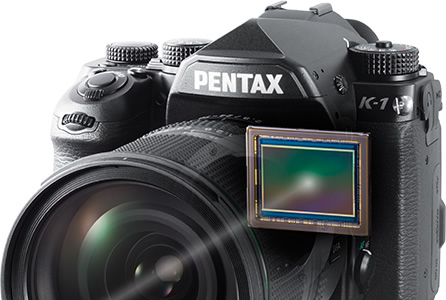


 Exceptional imaging power assured by a large-format sensor
Exceptional imaging power assured by a large-format sensor
The K-1 incorporates a newly developed 35mm full-frame CMOS image sensor, one that assures the highest image quality to be found in the K-mount SLR series. Thanks to its large imaging area and wide pixel pitch, this high-pixel sensor delivers lively, true-to-life images with rich gradation and minimal noise. Its shallow depth of field allows you to control the sense of depth and bokeh (defocused) effect at will.
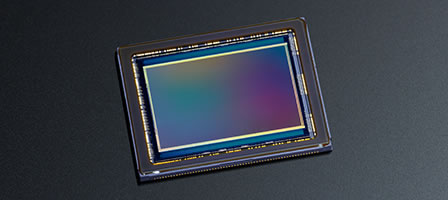
Thanks to its approximately 36.4 effective megapixels, the K-1 delivers breathtaking, true-to-life images—the kind that will seize the viewer’s imagination. Its exceptional resolving power captures each leaf of a distant tree or every drop of a spray in the finest detail. Since it provides image data large enough to produce a brilliant A2-size print (at 300dpi), the photographer is assured of great flexibility in image composition, either by cropping the image during shooting, or trimming the captured image during processing. By processing large volumes of data with its 14-bit image-processing system, the K-1 delivers beautiful, rich-gradation images.
An optical AA (anti-aliasing) filter will affect the camera’s image resolving power, even though it will help reduce moiré and false color. The K-1 incorporates an AA-filter-free design to optimize the image resolving power of its high-pixel image sensor.
 A new imaging engine optimized for a 35mm full-frame image circle
A new imaging engine optimized for a 35mm full-frame image circle
The K-1 features a newly designed PRIME IV imaging engine. Compared with the previous PRIME III version, it is fine-tuned to process higher-resolution images, while boosting the operating frequency by nearly 50 percent. Its noise-processing algorithm has also been upgraded to capture beautiful, fine-gradation images at higher sensitivities. A combination of an advanced scene analysis system and new image-processing functions helps improve the accuracy and reliability of image reproduction.

 A combination of super-high sensitivity and exceptional image resolution
A combination of super-high sensitivity and exceptional image resolution
By taking full advantage of the image sensor excelled in noise-resistance performance and the PRIME IV imaging engine, the K-1 provides a top sensitivity of ISO 204800 (at standard output sensitivity). This not only delivers high-resolution images free of tone jumps and graininess at high-sensitivity settings, but also improves image quality in the low-sensitivity range. Since the K-1 allows you to raise the sensitivity level to capture images equal in image quality to those taken at lower sensitivities, it expands the boundaries of photographic expression.
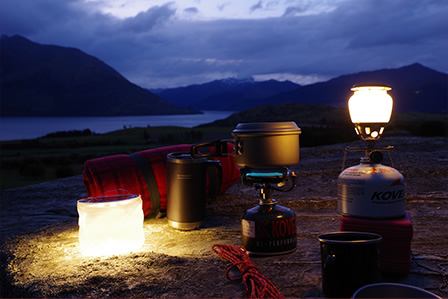
Reinforced with the SR (Shake Reduction) mechanism, the K-1’s Pixel Shift Resolution System* captures four images of the same scene by shifting the image sensor by a single pixel for each image, then synthesizes them into a single, super-high-resolution composite image. Compared to the conventional Bayer system, this innovative system obtains all RGB color data in each pixel to deliver beautiful images with far more truthful colors and much finer details, without any hint of false color. This system also reduces high-sensitivity noise to a minimum. The difference in image quality is evident at a glance, even without magnifying the captured image on a computer screen or producing a large-size print. Images captured by the Pixel Shift Resolution System can be saved as RAW-format files. You can developed these files within the camera body while adjusting various parameters or turning the Pixel Shift Resolution effect on and off to create a new image.
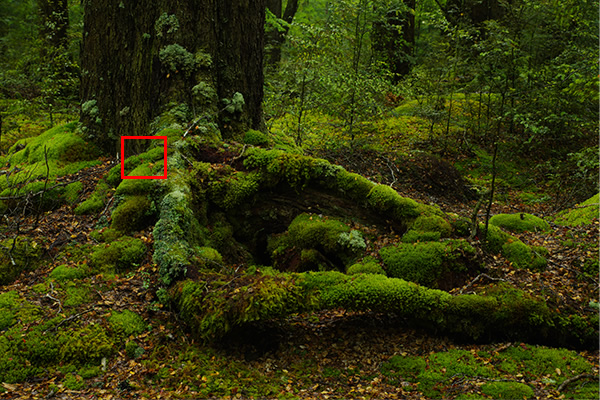
[Color information obtained]
By taking four shots sequentially, each pixel obtains color and brightness information of every RGB.
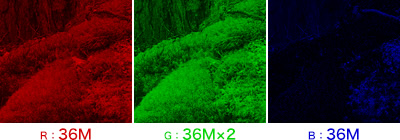
*High resolution and many gradations are achieved because the image is generated using color and brightness information with high resolving power.
*False color and color moiré are not generated because pixel interpolation is not done.


*Images are for representation purpose only.

When shooting an image with the Pixel Shift Resolution System, the K-1 provides a new Motion Correction function. When this function is activated, the camera automatically detects the amount of subject motion during continuous shooting and minimizes negative effects during the synthesizing process.*
* The movement may not be sufficiently corrected when the subject is moving in certain directions and/or patterns. This function does not guarantee that the movement will be properly corrected for all subjects.
By using the camera’s SR mechanism to apply microscopic vibrations to the image sensor, the PENTAX-original AA (anti-aliasing) filter simulator* effectively minimizes moiré and false color along the image’s edges, which are common problems when shooting subjects with minute patterns. The K-1 allows you to faithfully reproduce your creative intention on a captured image, either by simulating the AA-filter effect for well-balanced images or by opting for the AA-filter-free mode for greater resolving power.
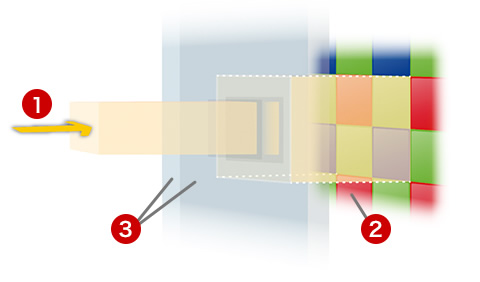
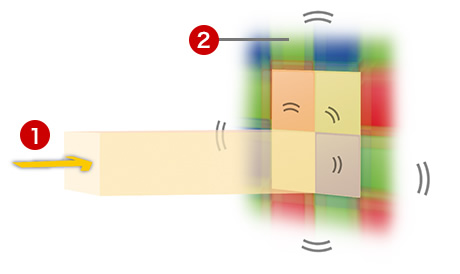
Microscopic vibrations applied at sub-pixel level
This function compensates for the drop in resolving power caused by the diffraction during image processing. Based on obtained image data, it provides an exposure compensation of up to approximately two aperture steps,* making it useful for such subjects as landscapes, which requires you to close down the aperture to widen a depth of field without compromising the resolving power.
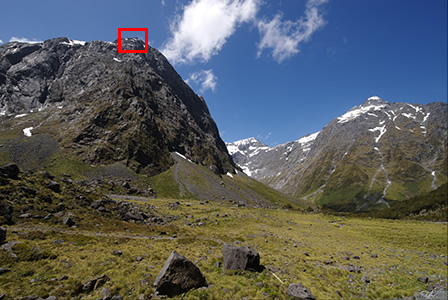

Diffraction Correction:OFF

Diffraction Correction:ON
The K-1 effectively compensates for the distortion, vignetting and chromatic aberration caused by specific lens properties, and captures high-quality images with edge-to-edge sharpness. It even compensates for the fringe effect during RAW-data development.
No matter how many pixels and how much resolving power an image sensor may provide, the captured image can appear as a low-resolution image if the subject is outlined with thick lines. The K-1’s Fine Sharpness function outlines the subject with thinner, more natural lines than those created by normal processing to produce a high-quality, fine-detailed image. It allows you to create a fine piece of art, with a true-to-life description of the subject. The K-1 also provides an Extra Sharpness function, which emphasizes the subject’s outline more prominently with much finer lines, making it particularly useful for enhancing the outline of a low-contrast subject.